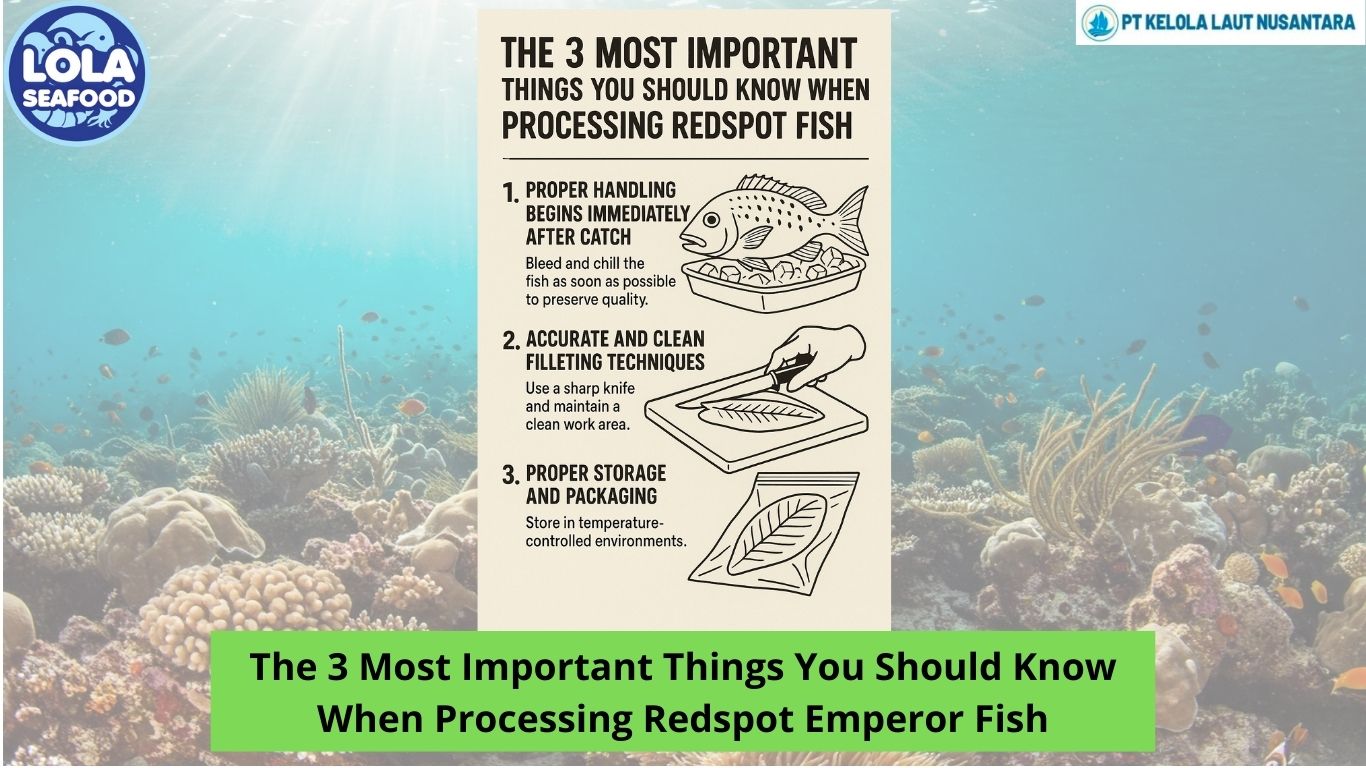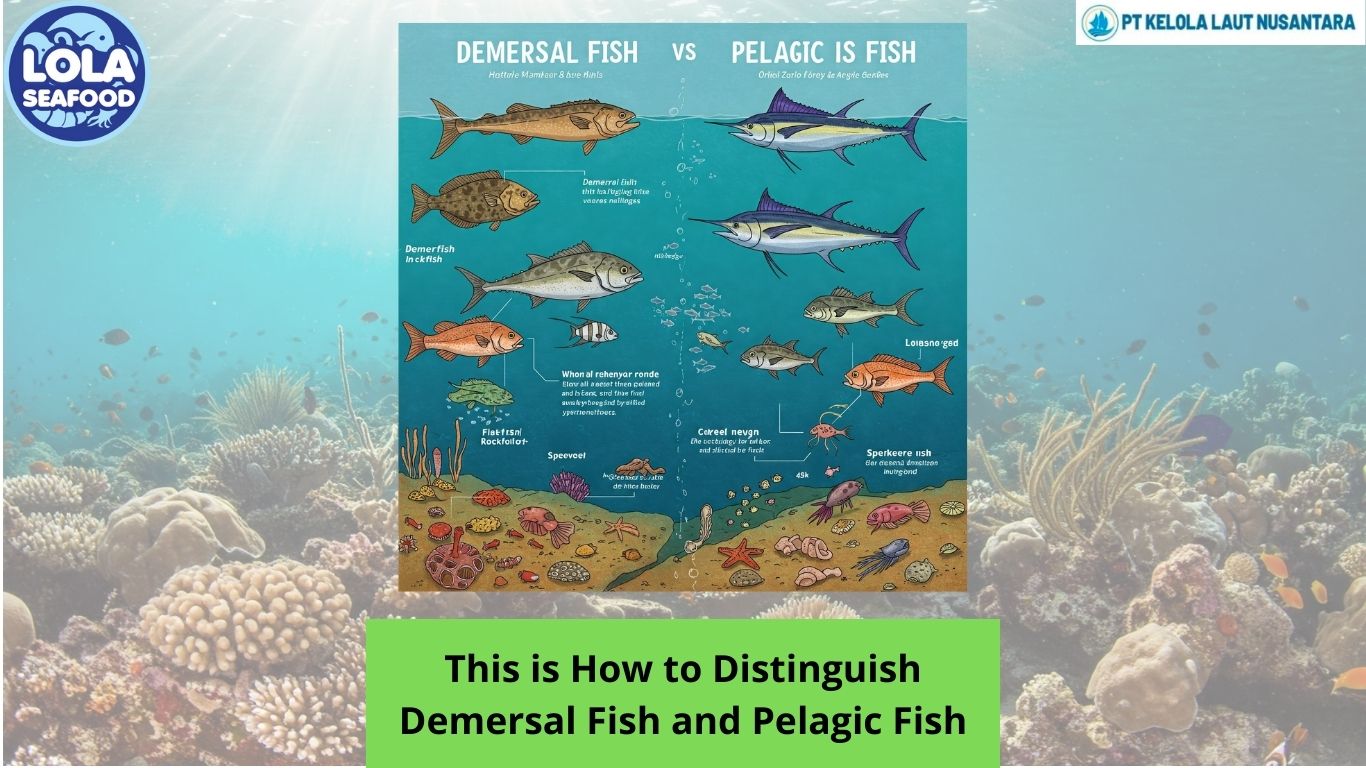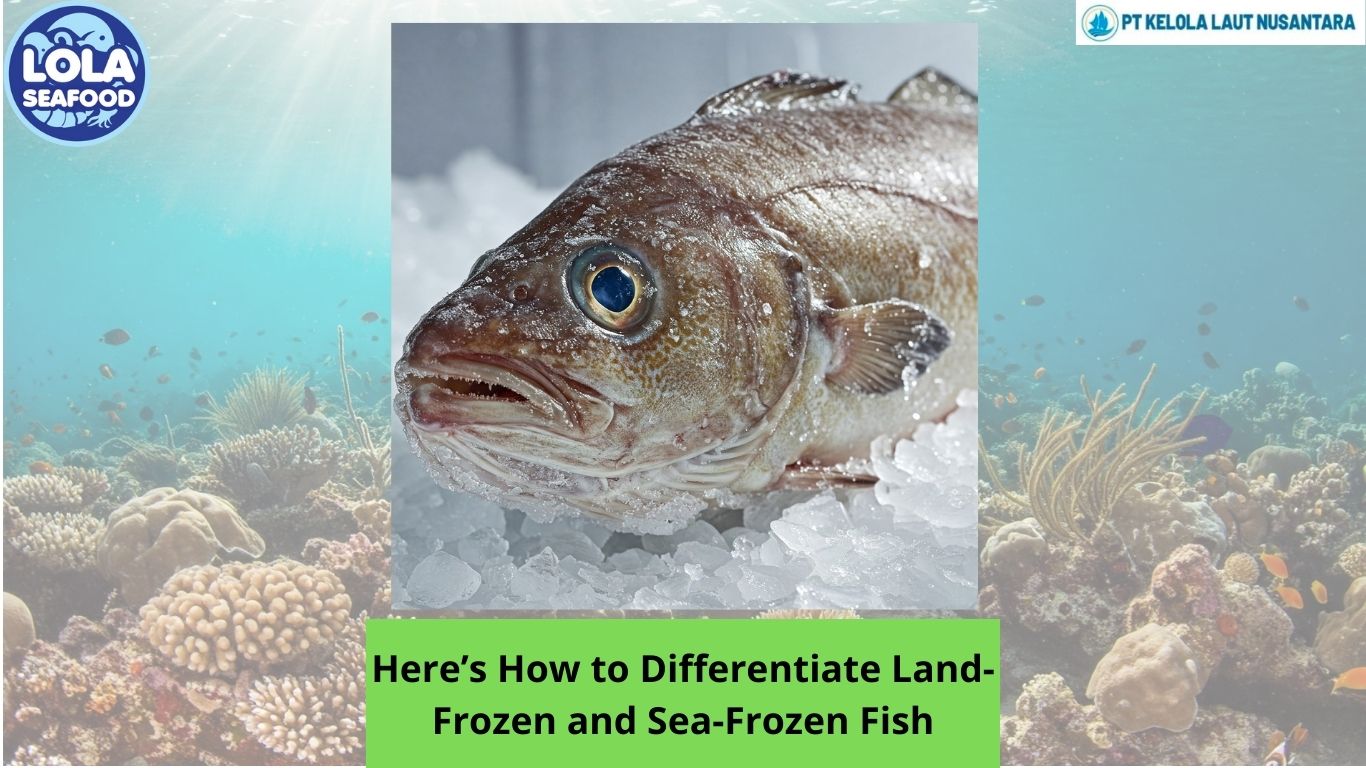The Are Common Characteristic Features of Blue Parrotfish
By. Nugroho Luhur - 07 Feb 2025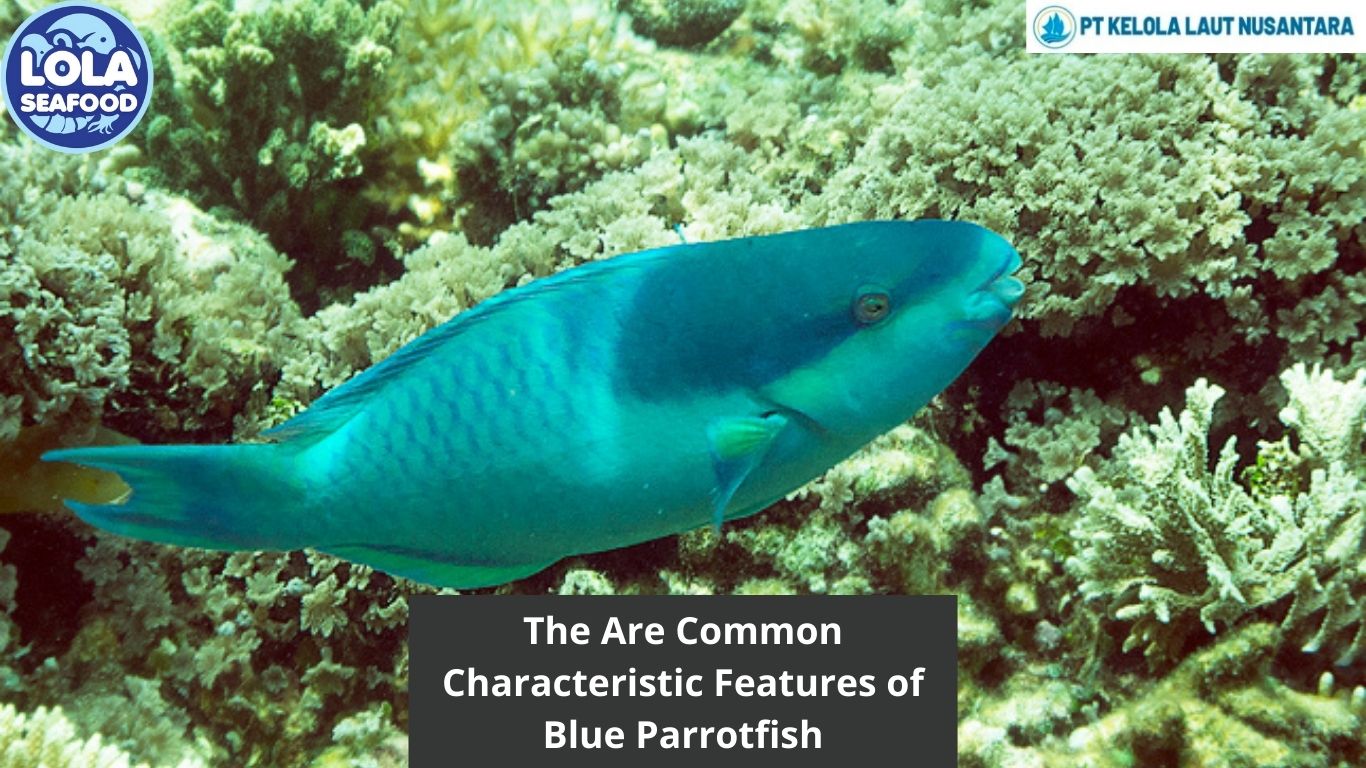
Kelolalaut.com The Blue Parrotfish (Scarus oviceps) is a fascinating marine species belonging to the Scaridae family. Known for its striking appearance and unique behaviour, this fish is commonly found in tropical reef environments. Below, we explore the most distinctive features that make this species so special.
1. Vibrant Coloration
As their name suggests, Blue Parrotfish exhibit a stunning blue hue that helps them blend with their coral reef surroundings. The coloration can vary slightly, but most individuals display a bright, uniform shade of blue with subtle hints of green or turquoise. Some juveniles and females may have different patterns or less intense coloration.
2. Beak-Like Teeth Structure
One of the most distinguishing characteristics of parrotfish is their fused teeth, which resemble a parrot’s beak. These specialized teeth allow them to scrape algae from rocks and coral surfaces, playing a crucial role in maintaining reef health. They continuously use these strong, chisel-like teeth to break down coral, digesting the organic material while excreting fine sand, which contributes to the formation of tropical beaches.
3. Size and Body Shape
Blue Parrotfish have an elongated, laterally compressed body that allows them to glide effortlessly through the water. They typically grow between 30 to 45 cm (12 to 18 inches) in length, though some individuals may reach larger sizes. Their streamlined body shape helps them navigate coral reefs efficiently.
4. Distinct Sexual Characteristics and Colour Changes
Like many parrotfish species, the Blue Parrotfish exhibits sexual dimorphism and may undergo sequential hermaphroditism—a process where some females transition into males. This transformation is often accompanied by changes in coloration, with males developing more intense hues compared to females.
5. Habitat and Distribution
Blue Parrotfish are commonly found in tropical and subtropical waters, particularly in the Indo-Pacific region. They inhabit coral reefs, seagrass beds, and rocky coastal areas, usually at depths ranging from 2 to 30 meters. Their presence is essential to reef ecosystems, as they help control algae overgrowth and contribute to reef biodiversity.
6. Feeding Behaviour and Diet
These parrotfish are herbivorous, primarily feeding on algae and small invertebrates. Their unique feeding habit of scraping algae from coral surfaces not only sustains them but also prevents coral reefs from being overrun by excessive algae, which can harm reef ecosystems.
7. Social Behaviour and Movement
Blue Parrotfish are often seen in small groups or schools, although some individuals may prefer a more solitary lifestyle. They are diurnal, meaning they are active during the day and rest at night. To protect themselves from predators, they sometimes create a mucus cocoon while sleeping, which helps mask their scent from nocturnal predators.
8. Lifespan and Reproduction
These fish have an average lifespan of 5 to 7 years in the wild. During spawning, they engage in external fertilization, releasing eggs into the open water. The eggs hatch into larvae, which eventually settle in reef environments, continuing the cycle of life.
The Blue Parrotfish (Scarus oviceps) is an extraordinary species that plays a crucial role in coral reef ecosystems. With their vibrant coloration, beak-like teeth, unique feeding habits, and social behaviour, these fish contribute to the health and sustainability of marine environments. As coral reefs face increasing threats from climate change and human activities, understanding and conserving parrotfish populations becomes more important than ever.
If you are interested in our Parrotfish Fillet Skinless please do not hesitate to contact us through email and/or whatsapp.
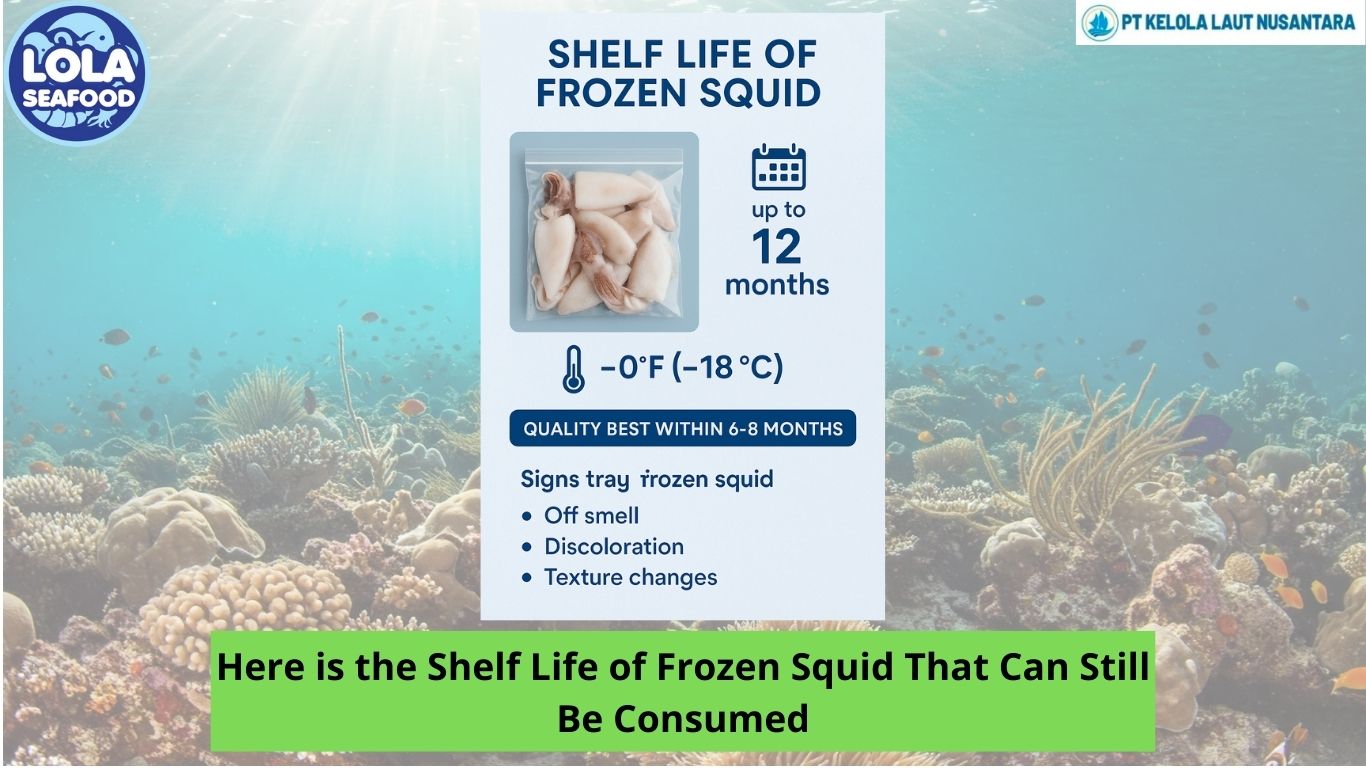
.jpg)
.jpg)
.jpg)
